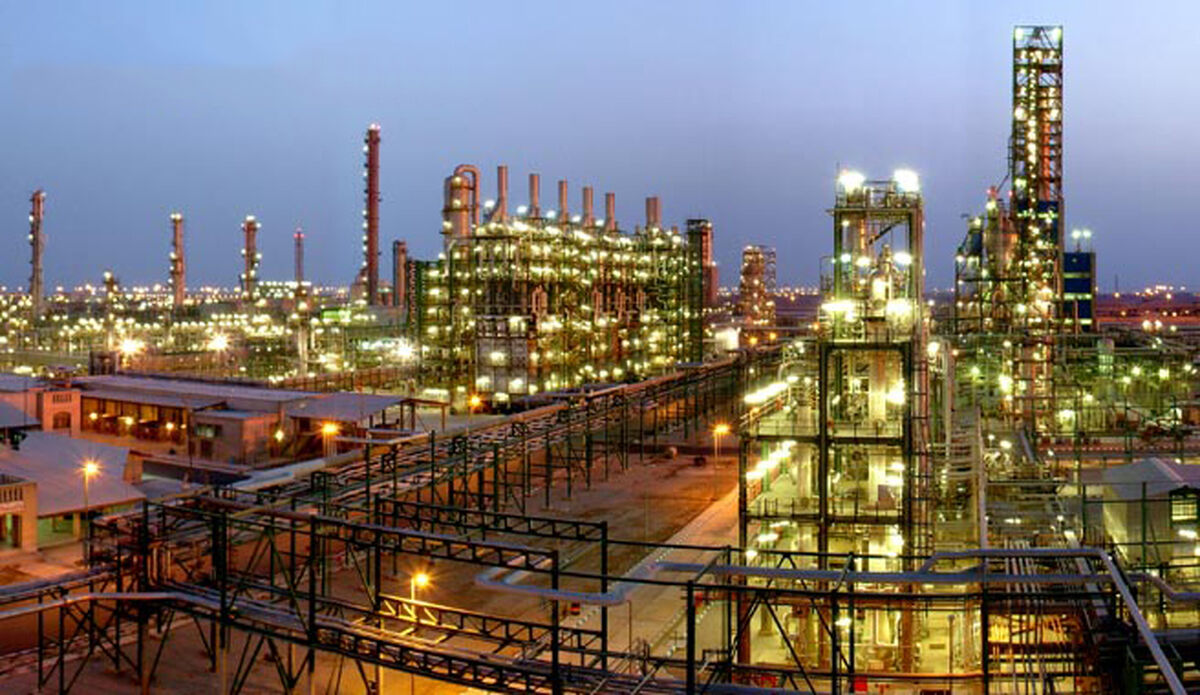Iran exported more than $22.6 billion of petrochemical and base oil products in that period, up from 15.6 billion the year before. Mineral sales grew 79% to $11.5 billion.
Petrochemical and mining industries have emerged as the linchpin of Iran's push to diversify its economy away from oil and make it resilient to external shocks, most importantly US-led sanctions.
The ramp-up of petrochemical and mineral exports is a testimony to the shifting industrial landscape in Iran where top authorities including Supreme Leader of the Islamic Revolution Ayatollah Seyyed Ali Khamenei have underlined the need to move toward the sale of value-added products instead of crude.
Like its oil industry, Iran's petrochemical and mining industries are subject to US sanctions, but the wide variety of their products and high international demand make them unsanctionable.
The scramble to bolster non-oil exports has involved tapping new markets. The wide diversity of these markets and the products they deal in make it easier to conceal them from exposure to the illegal US sanctions than the grades of oil.
The number of items on the list exported by Iran last year amounted to more than 30.
Gas export revenues rose 84% to $4.8 billion, with Turkey and Iraq being Iran’s main markets. Methanol sales soared 88% to $1.9 billion. Iran is the largest exporter of methanol to China which is the world's largest importer and accounts for some 60% of global consumption.
China is also the largest importer of polyethylene, the most common plastic. Iran’s overall exports of the substance in four grades surpassed $3.7 billion in the period.
Propane exports grew 88% to $1.6 billion, butane exports 99% to more than $1 billion and urea sales by 142% to $1.5 billion. Iran also sold $1.2 billion of bitumen and $715 million of gasoline, a strategic fuel in which the country achieved self-sufficiency under sanctions.
In the mining sector, sales of metals rose more than 90% to $10.4 billion. More than $1 billion worth of non-metallic products were also exported in the period.
Iran is a major steel producer, which aims to export 20 to 25 million tonnes of the metal annually by 2025.
Its agricultural production is also immense. The country is the world's top producer of pistachio nuts but the position is under threat from the US. Last year, exports of the popular nibble declined 35% to $656 million. Overall, Iran exported $4.7 billion of agricultural products in the 11 months of the last Persian year, down 15% from the year before.
Exports of handicrafts grew by a whopping 119% to $122 million but sales of hand-woven carpets, once one of Iran's key non-oil exports, dropped to a trickle of $56 million.
Industrial exports, including polymers, textiles, clothing and footwear, machinery and equipment, home appliances, electrical and electronic products, cellulose products, vehicles and medicine, brought in more than $4 billion in revenues, up 31 percent from a year ago.
9416**2050
Follow us on Twitter @IrnaEnglish





Your Comment